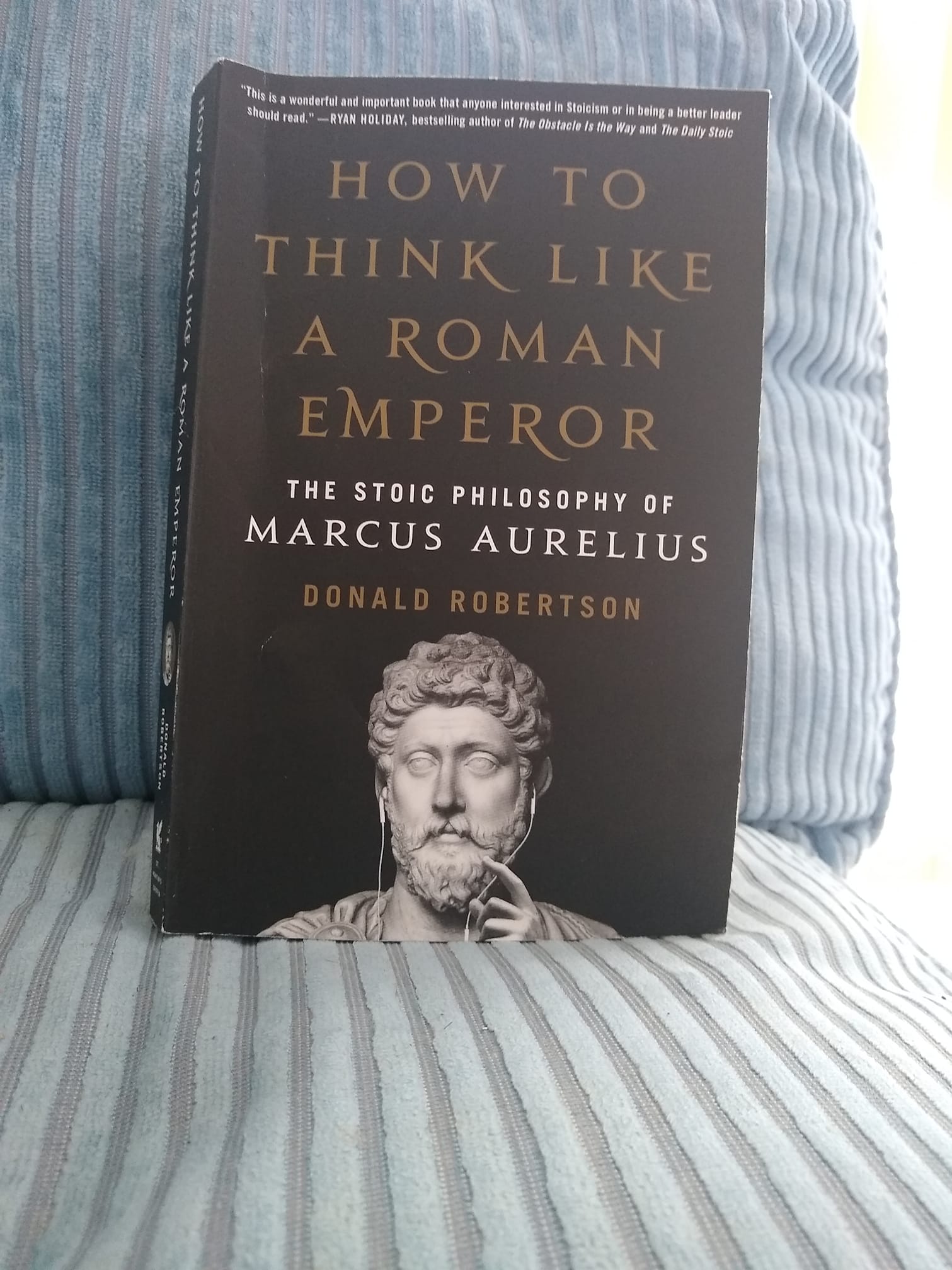The philosophy of Stoicism has changed the lives of many people, from ancient practitioners like Epictetus, to modern day Stoics like Ryan Holiday, who have shared it with new generations.
Another modern Stoic who’s made a name for himself is psychotherapist Donald Robertson and one of his most well-known books is How To Think Like A Roman Emperor: The Stoic Philosophy Of Marcus Aurelius.
In the book, Robertson dives deep into the practices that Marcus Aurelius embodied in his everyday life and brings it into a modern context. The end result is a book that will surely continue to inspire readers for decades to come.
Living like a Roman Emperor
Robertson divides the book into seven main chapters, each of which tell Marcus Aurelius’ story from his childhood up until his death. Throughout each chapter, Robertson imagines what Marcus’ perspective would have been, as if the reader is following the philosopher king through his own Stoic journey.
This storytelling aspect is balanced by a deep analysis of how Marcus approached the external factors in his life, such as his family, friends and his responsibilities as emperor. Much of what Robertson adapts is from The Meditations and other historical sources about Marcus’ life and when put through a modern lens, it’s powerful stuff.
There are several lessons explored, from seeing how Marcus learned to speak wisely, to how he learned to master his anger and it’s all relatable. For example, Robertson writes how Marcus became adept at ‘grasping the nettle of pain’ in order to cope with his frail condition and develop an unbreakable will.
Some of the emperor’s favourite pain-coping strategies were as followed:
- Cognitive distancing – Reminding yourself that it’s not things or sensations that upset us, but our judgements about them.
- Remembering that the fear of pain does more harm than pain itself.
- View bodily sensations objectively instead of describing them in emotional terms.
- Analyse all sensations as precisely as possible and isolate them to specific body parts.
- See the sensation of pain as transient.
- Accept the pain as something natural, see it with indifference and take the necessary steps to reduce it.
- Remind yourself of people who have shown great courage and endurance in the face of pain and follow their example.
Stoicism and cognitive behaviour therapy
Another fascinating part of the book is how Robertson makes the case that Stoicism was the precursor to modern cognitive behaviour therapy (CBT) and that the ancient Stoics were thousands of years ahead of their time.
Many of the Stoic practices, from the premeditation of evils, to the dichotomy of control, have become commonplace in therapy. Seeing these techniques through a Stoic lens reveals another way to experience them, offering insight into the connection between philosophy and psychology.
On a personal level, I found myself truly relating to Marcus’ struggle and the techniques in the book to be worth exploring. As someone who’s naturally anxious, finding ways to develop a strong mental health routine is important to me.
Reading the book has given me a new perspective on the ways that anxiety can be coped with and in the future I’ll imagine a scenario of ‘what would Marcus Aurelius do’ if he were in the same position.
A celebration of mental fortitude, resilience and flaws
How To Think Like A Roman Emperor is more than just a modern retelling of the life of Marcus Aurelius.
It’s a celebration of his resilience and the flaws that we’re all capable of succumbing to. It’s a book that provides timeless wisdom and hits home that there is no such thing as the perfect sage and that the pursuit of Stoicism is a life-long journey.
